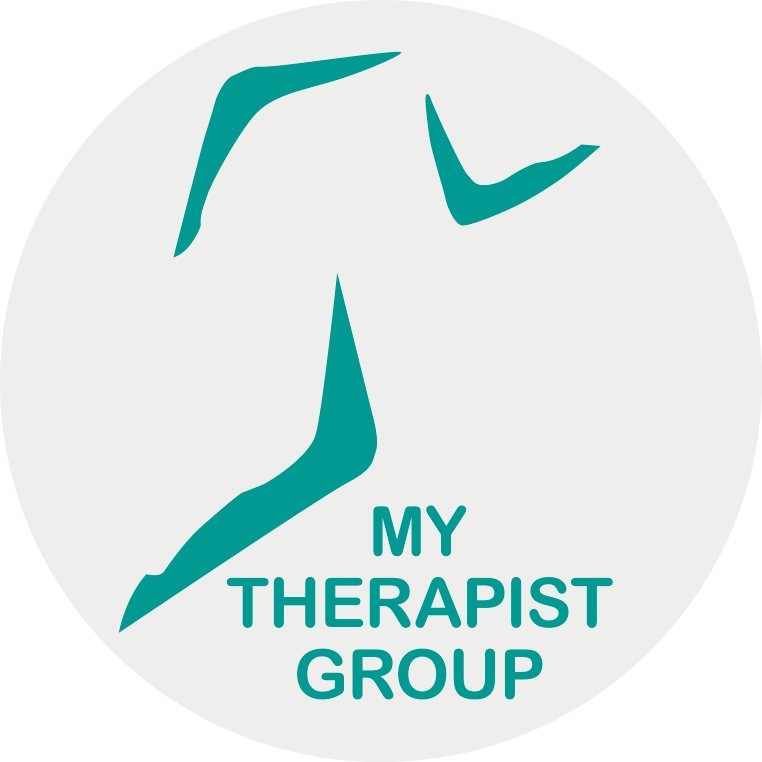TMJ Disorder: Everything You Need to Know
You may not give much thought to your temporomandibular joints (TMJ), yet you use them often. Joints connect your jawbone and skull and every time you speak, chew or swallow, your TMJ activates. TMJ disorder develops when there is a problem with your jaw muscles or joints, which may be painful. The disorder may occur as a result of a jaw injury, arthritis-related inflammation, or stress.
“Environmental or physiological factors such as bad posture can also lead to TMJ disorders. For example, TMJ pains may arise from improper postures, such as louching while putting a hand under the chin. Such habits could impact facial features and result in facial problems.” adds Nate Ward, TMJ recovered patient and senior accountant at Accountants Brisbane.
So, if you’re experiencing early symptoms of TMJ disorder, read our helpful guide on everything you need to know about TMJ disorder to help you better understand the condition.
What Is A TMJ Disorder?
The temporomandibular joint (TMJ) acts as a hinge connecting the jawbone to the skull. It is located at the back of the cheeks, just below the ears, which allows us to talk, chew and swallow.
TMJ pain is an early symptom of TMJ disorder (TMD) which can be discomforting since the joints are essential for jaw movement. However, pain and discomfort in TMJ aren’t uncommon. In a 2018 study of the National Library of Medicine, it is estimated that there is a 23% prevalence of the temporomandibular joint disorder in the Australian population.
Furthermore, the jaw joint and the muscles that regulate the jaw are affected by TMJ disorders. Because of the complexity of this joint, diagnosing and treating them can be difficult. Thus, patients and clinicians alike must be aware of the origins, symptoms, and treatments available for TMJ disorders.
What Causes TMJ Disorders?
In most cases, the causes of TMJ disorders are not clear, but experts believe it can arise from muscle pain in the jaw area, injury, and arthritis. Some of the other causes include:
Stress
Bad posture
Arthritis in the TMJ
Deterioration of the TMJ
In-born structural jaw problems
An improper bite, and sometimes overbite
History of bruxism, also called teeth grinding or clenching
Chronic jaw clenching and grinding can significantly affect the TMJ due to high pressure. As a result, the disc moves out of its place or gets injured. Stress also causes most people to clench their teeth, often subconsciously. Even some people grind their teeth when asleep.
Experts are also looking into hormones as triggers of TMJ disorders as more women experience the condition than the male population.
What Are The Symptoms Of TMJ Disorder?
TMJ disorder often causes pain, tenderness, unusual “ticking muscle” sounds, and restricted movements. Common symptoms also include:
The jaw clicks or pops.
Swelling on the jaw area
Pain in one or both of the TMJ
Stiffness or soreness in the jaw muscle
The jaw locks, which makes it difficult to open your mouth wide
Difficulty chewing due to improper bite or misalignment of upper and lower teeth
Pain or tenderness in the face area, jawbone area, in and around the ears when you speak and eat
In severe conditions, TMJ Disorders can also cause migraines or pains around the head, ears, and neck, which spread to the back. Most patients also observe unusual popping and clicking sounds. However, these sounds are pretty familiar, and medical advice should only be sought when other symptoms such as restricted movement simultaneously occur with the unusual noise.
How To Treat TMJ Disorders?
Although TMJ disorders and jaw pains manifest in many ways, it is surprisingly easy to treat with physiotherapy.
My Therapist Group and our professional physiotherapists tailor treatment plans that could best help our patients. We understand that any pain is the last thing that you would want. That’s why we collaborate with physicians and other health care experts to make sure you make the most out of your daily routines.
Plus, if you have been suffering from chronic pain for the last two years and up, you can save the cost of five treatment plans in a year under our Enhanced Primary Care Plan. So book an appointment with us and experience the difference.
